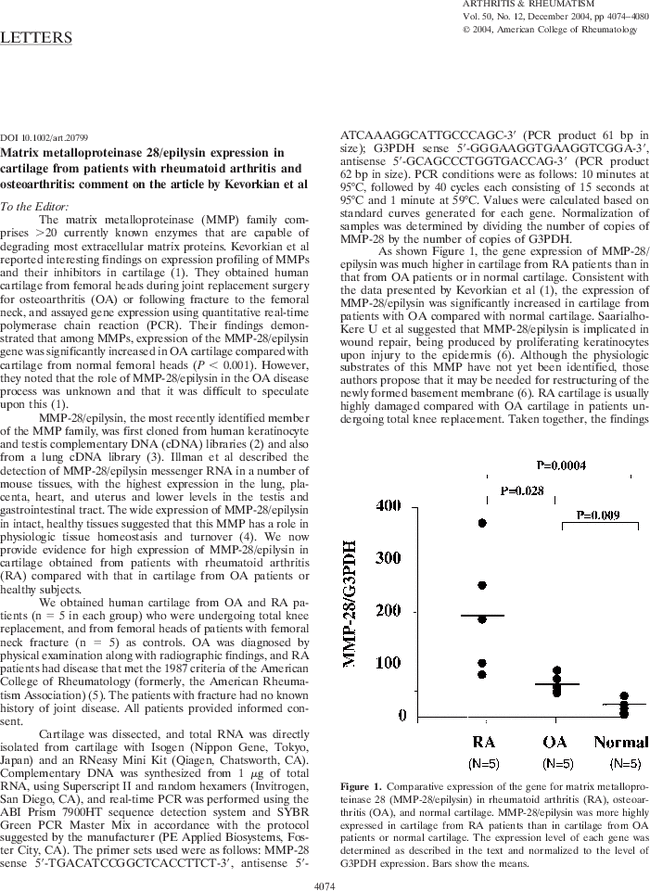Letters
Reply
First published: 08 December 2004

References
- 1 Rhee MH, Vogel Z, Barg J, Bayewitch M, Levy R, Hanus L, et al. Cannabinol derivatives: binding to cannabinoid receptors and inhibition of adenylylcyclase. J Med Chem 1997; 40: 3228–33.
- 2 Dajani EZ, Larsen KR, Taylor J, Dajani NE, Shahwan TG, Neeleman SD, et al. 1′,1′- dimethylheptyl-delta-8-tetrahydrocannabinol-11-oic acid: a novel, orally effective cannabinoid with analgesic and anti-inflammatory properties. J Pharmacol Exp Ther 1999; 291: 31–8.
- 3 Compton DR, Johnson MR, Melvin LS, Martin BR. Pharmacological profile of a series of bicyclic cannabinoid analogs: classification as cannabimimetic agents. J Pharmacol Exp Ther 1992; 260: 201–9.
- 4 Fride E, Mechoulam R. Pharmacological activity of the cannabinoid receptor agonist, a brain constituent. Eur J Pharmacol 1993; 231: 313–4.
- 5 Karst M, Salim K, Burstein S, Conrad I, Hoy L, Schneider U. Analgesic effect of the synthetic cannabinoid CT-3 on chronic neuropathic pain: a randomized controlled trial. JAMA 2003; 290: 1757–62.
- 6 Grotenhermen F. Effects of cannabis and the cannabinoids. In: F Grotenhermen, E Russo, editors. Cannabis and cannabinoids. New York: Haworth Press; 2002. p. 55–65.
- 7 Recht LD, Salmonsen R, Rosetti R, Jang T, Pipia G, Kubiatowski T, et al. Antitumor effects of ajulemic acid (CT3), a synthetic non-psychoactive cannabinoid. Biochem Pharmacol 2001; 62: 755–63.
- 8 Di Marzo V, Melck D, de Petrocellis L, Bisogno T. Cannabimimetic fatty acid derivatives in cancer and inflammation. Prostaglandins Other Lipid Mediat 2000; 61: 43–61.




